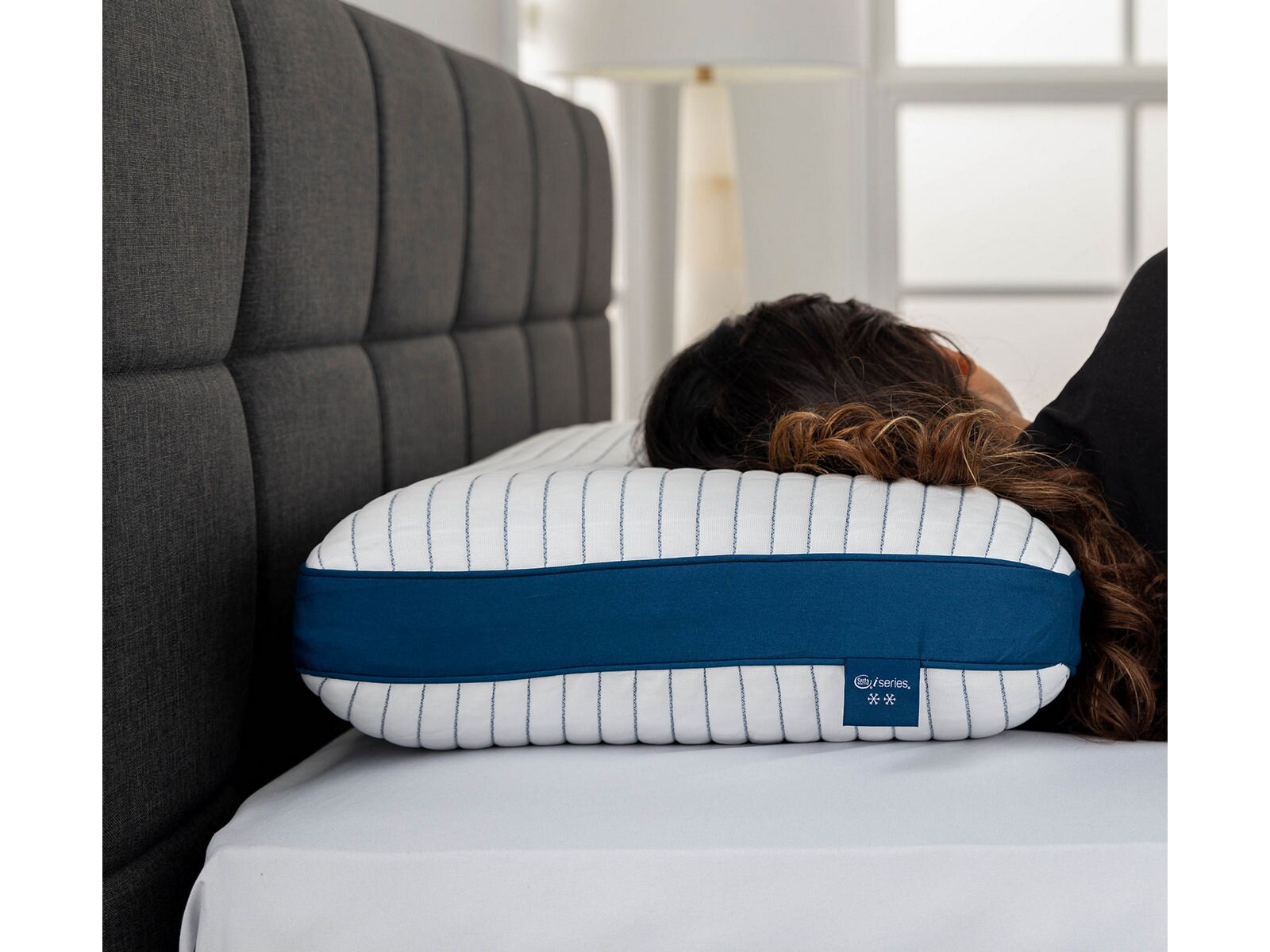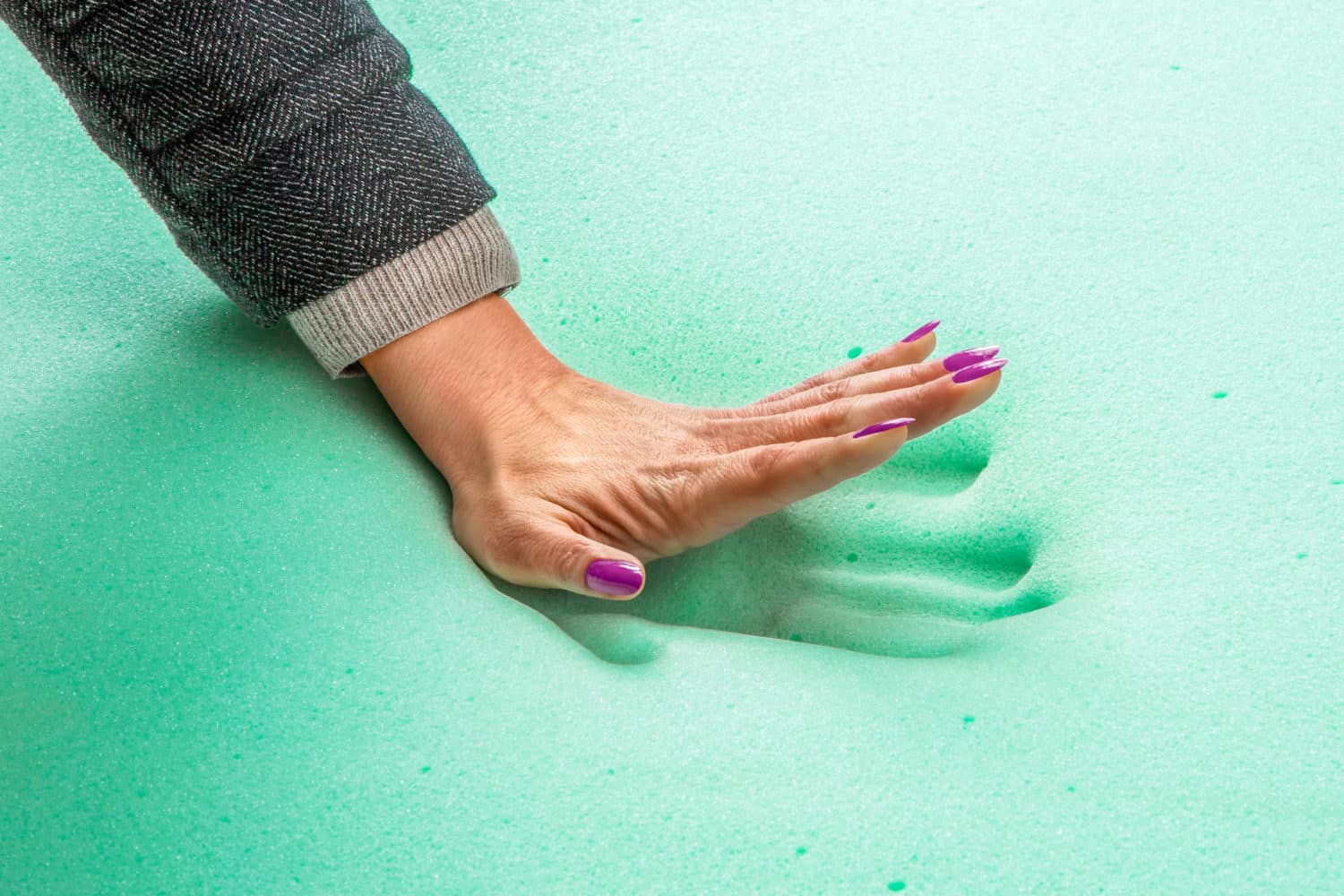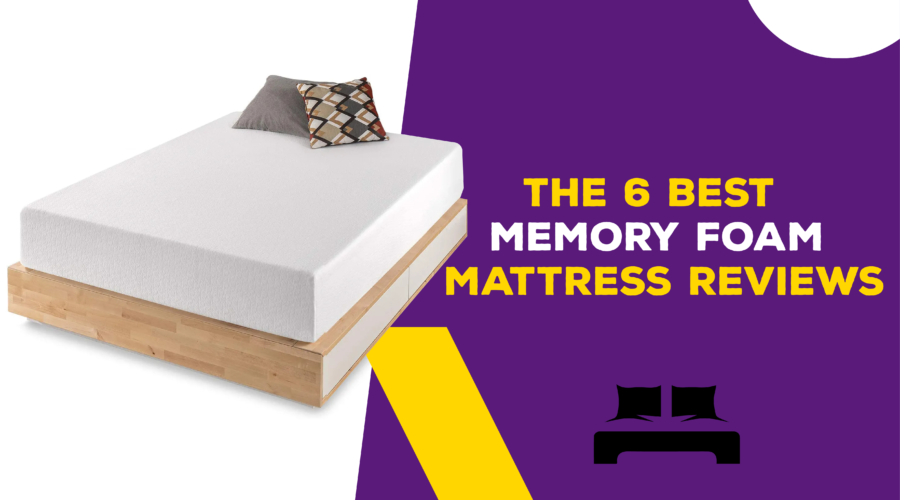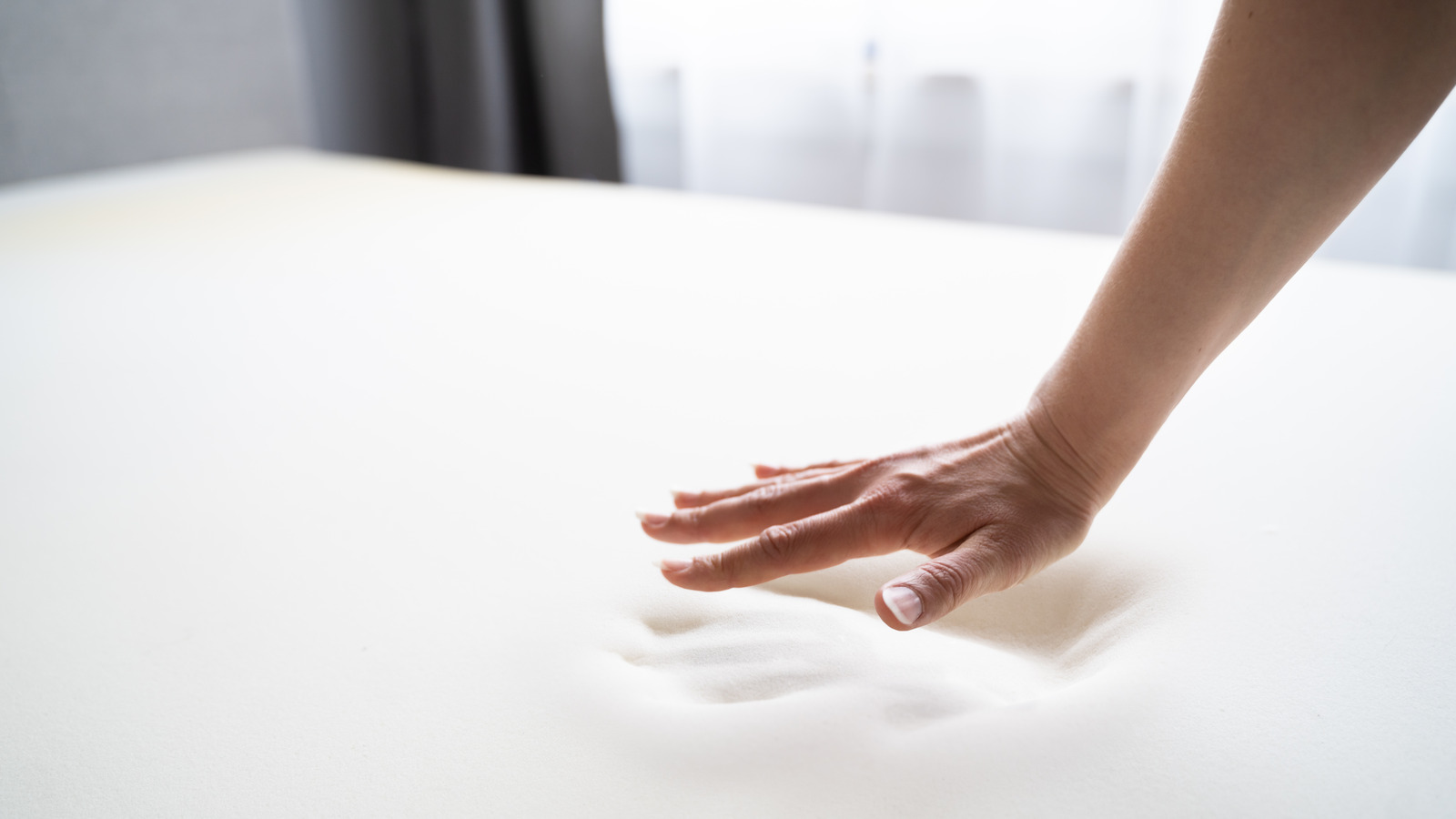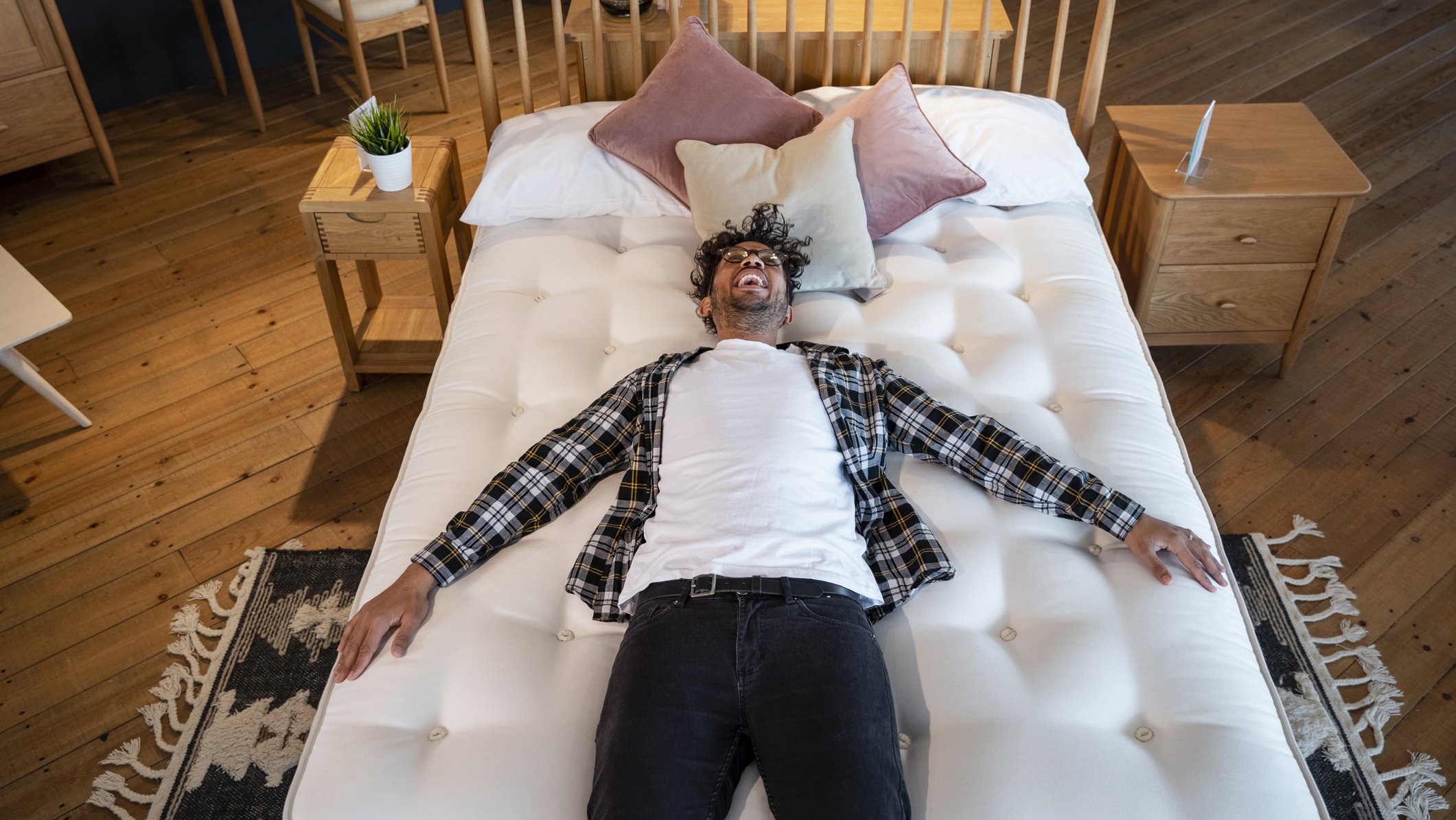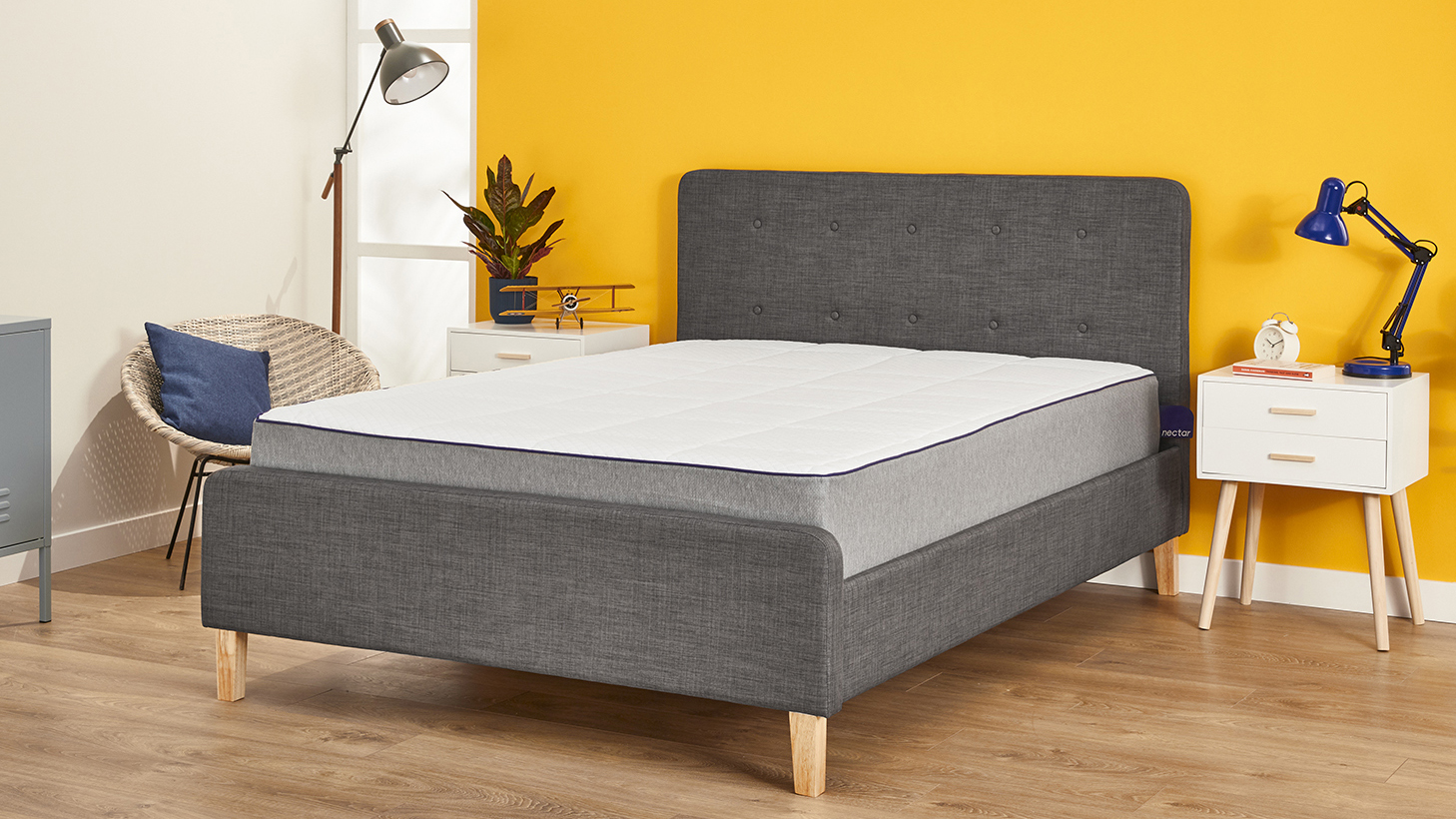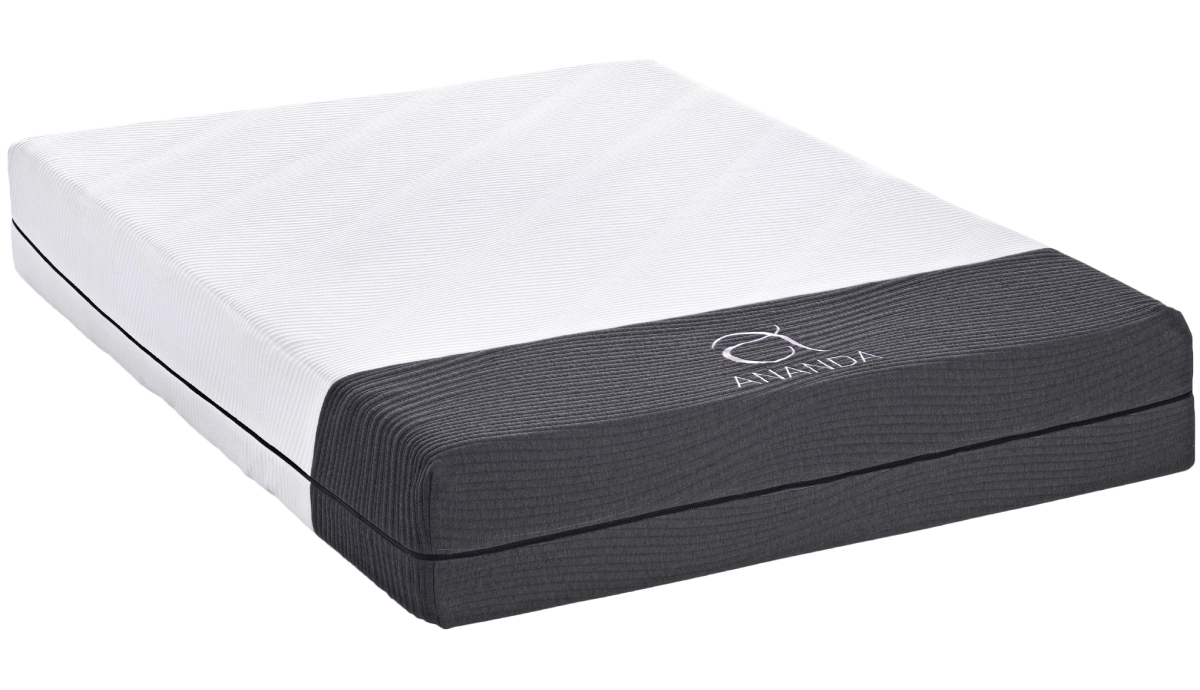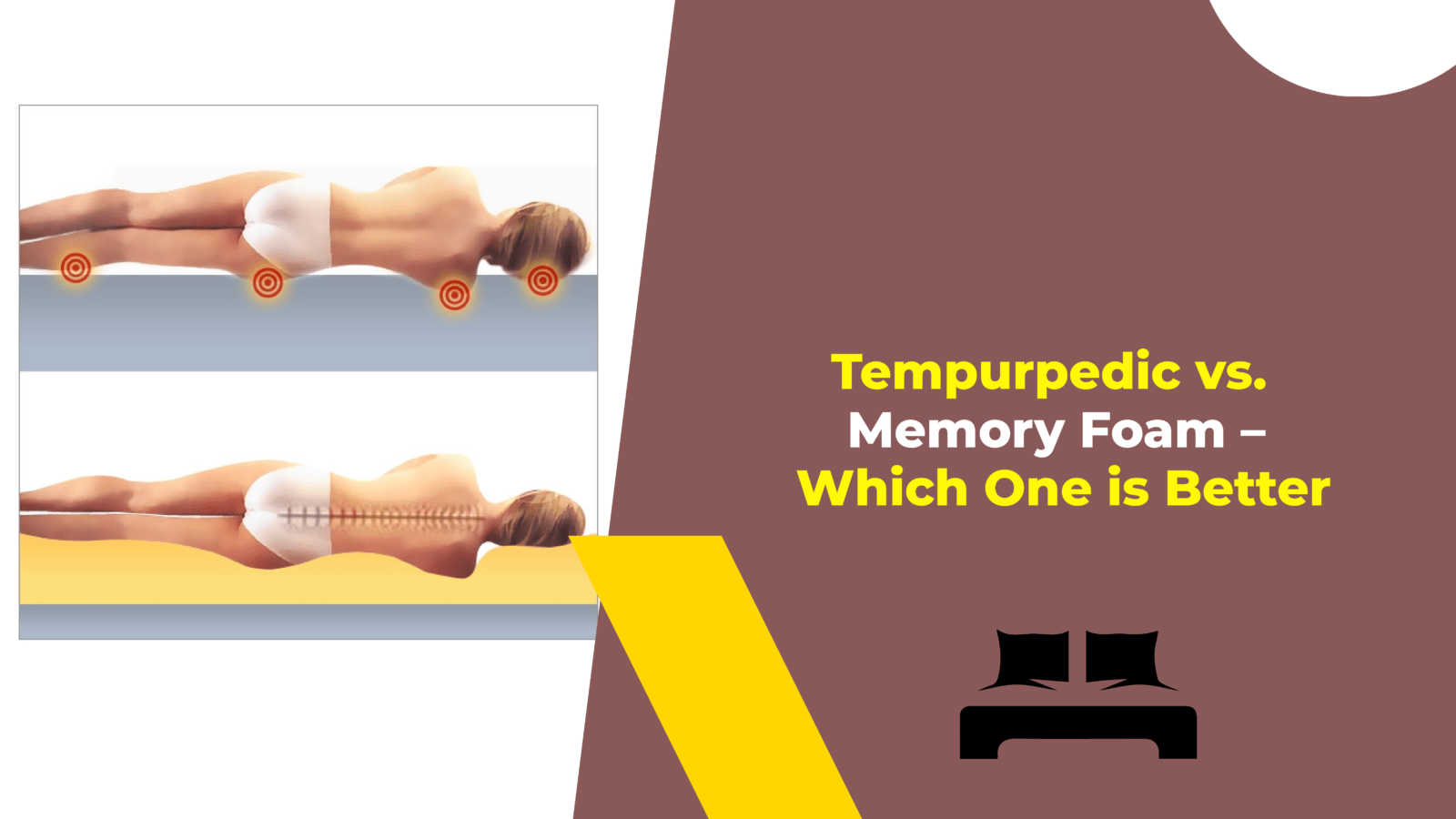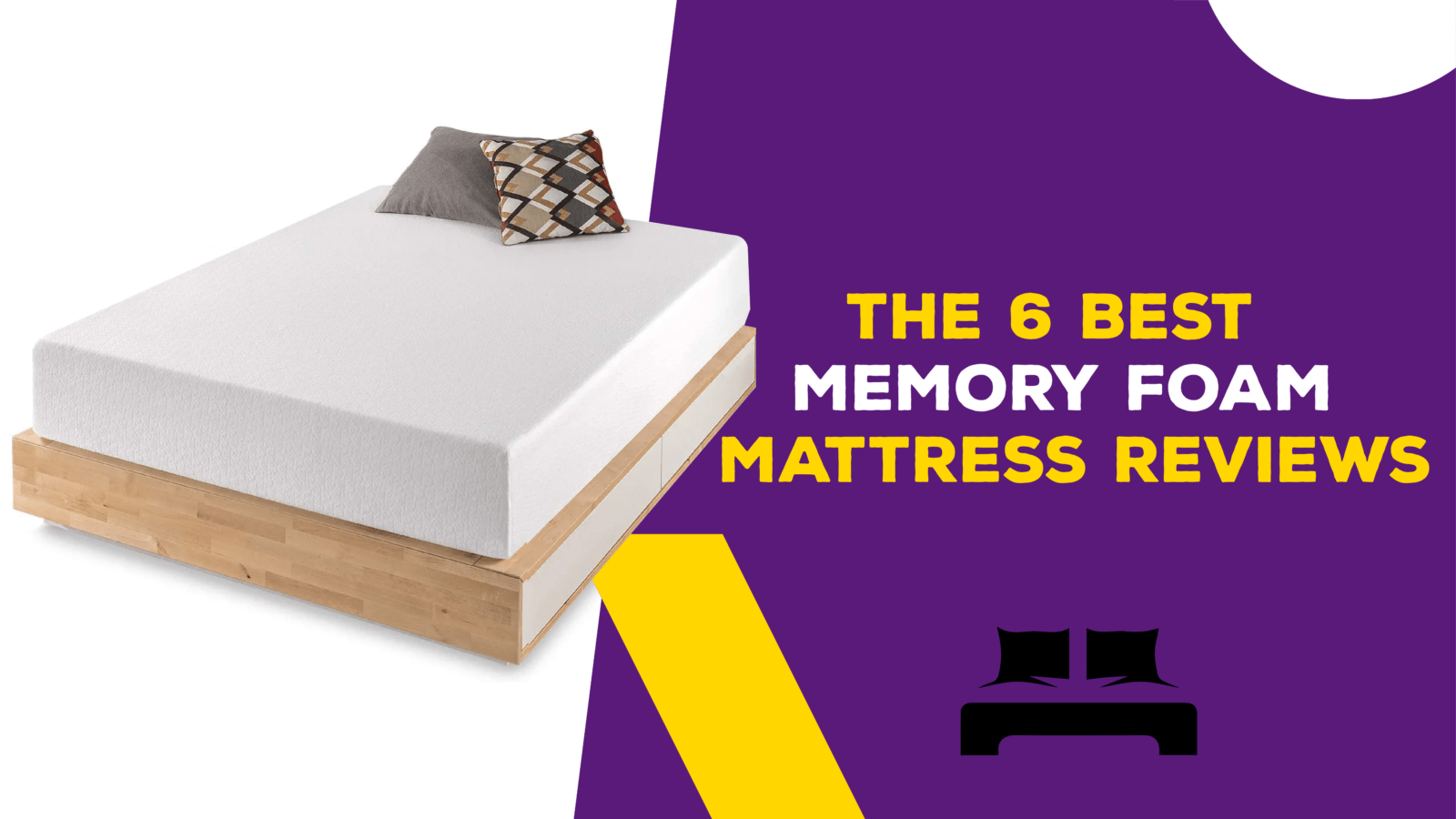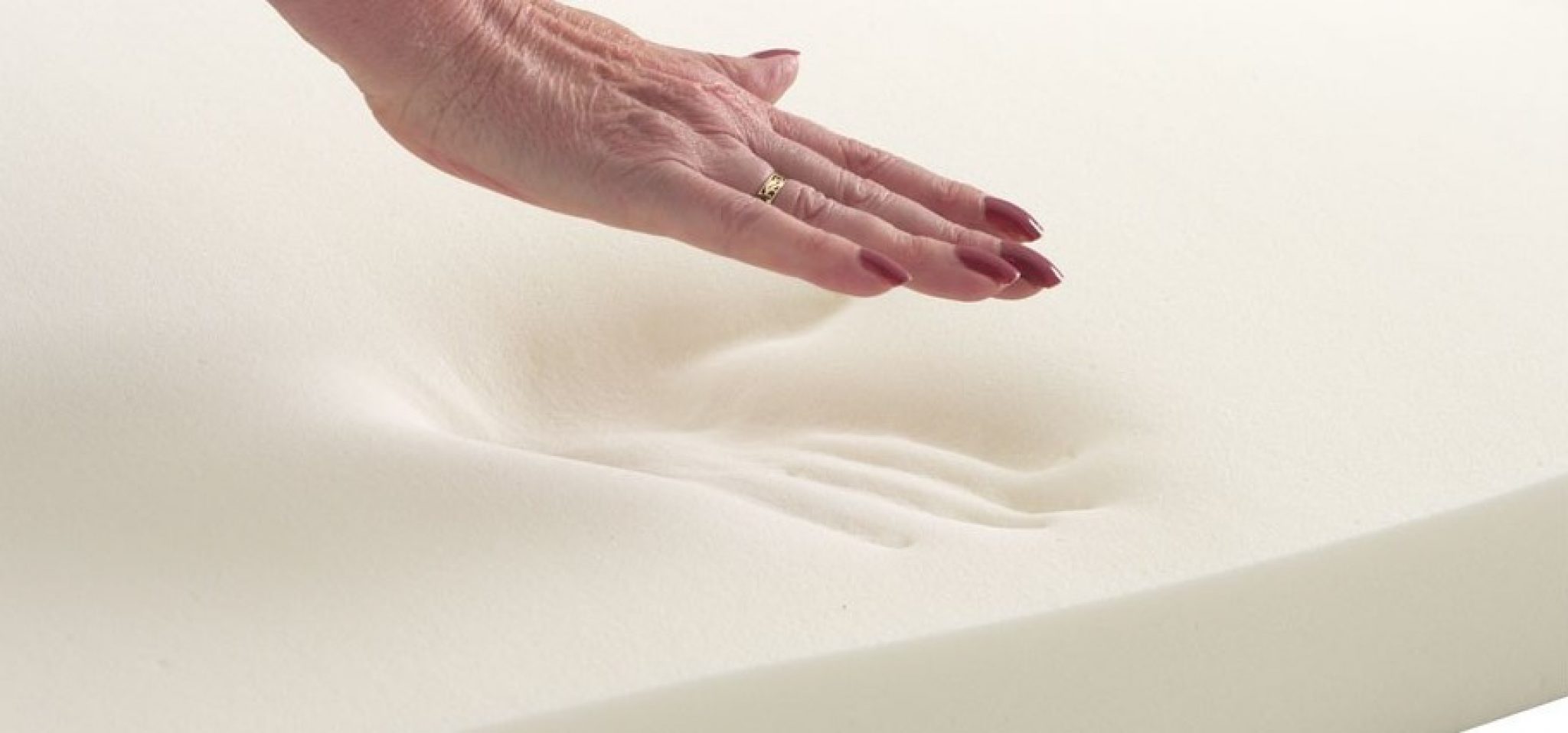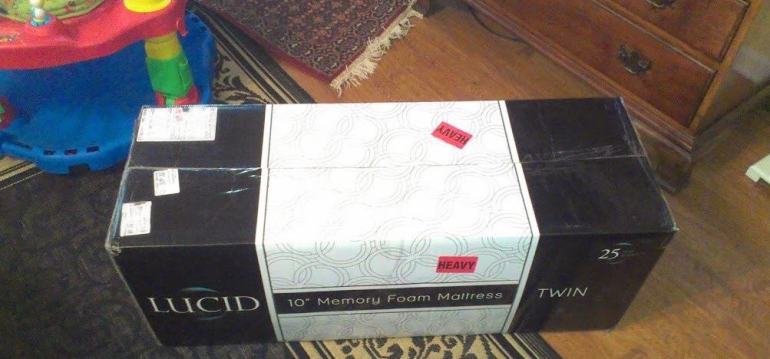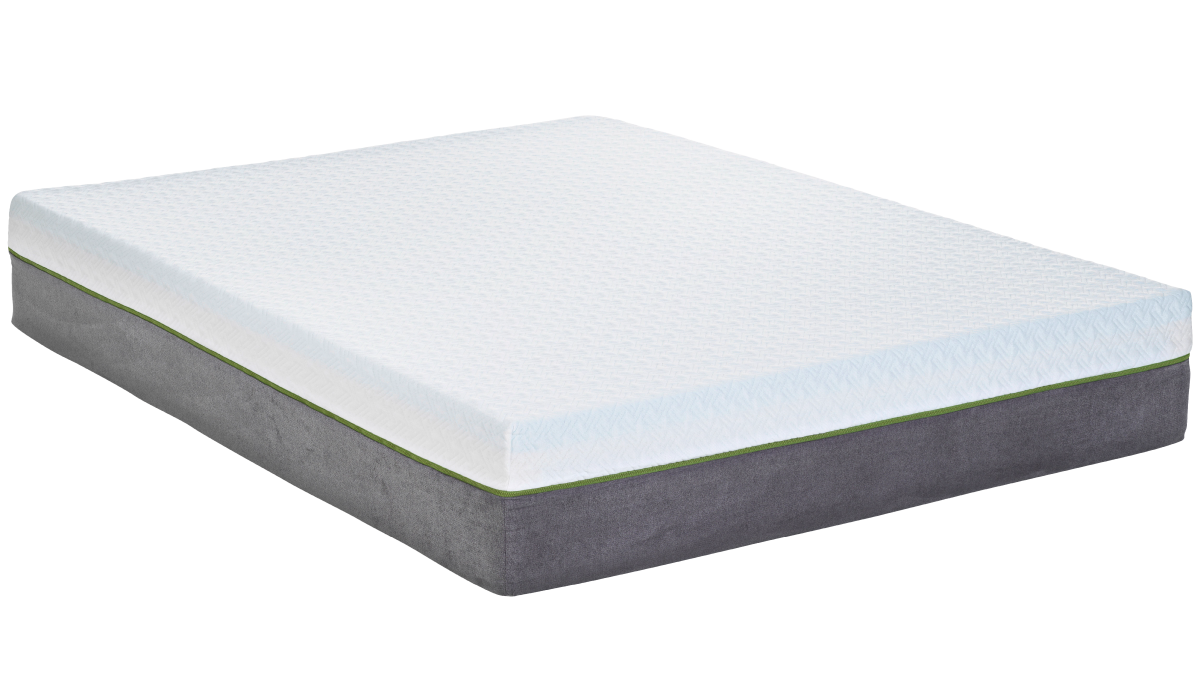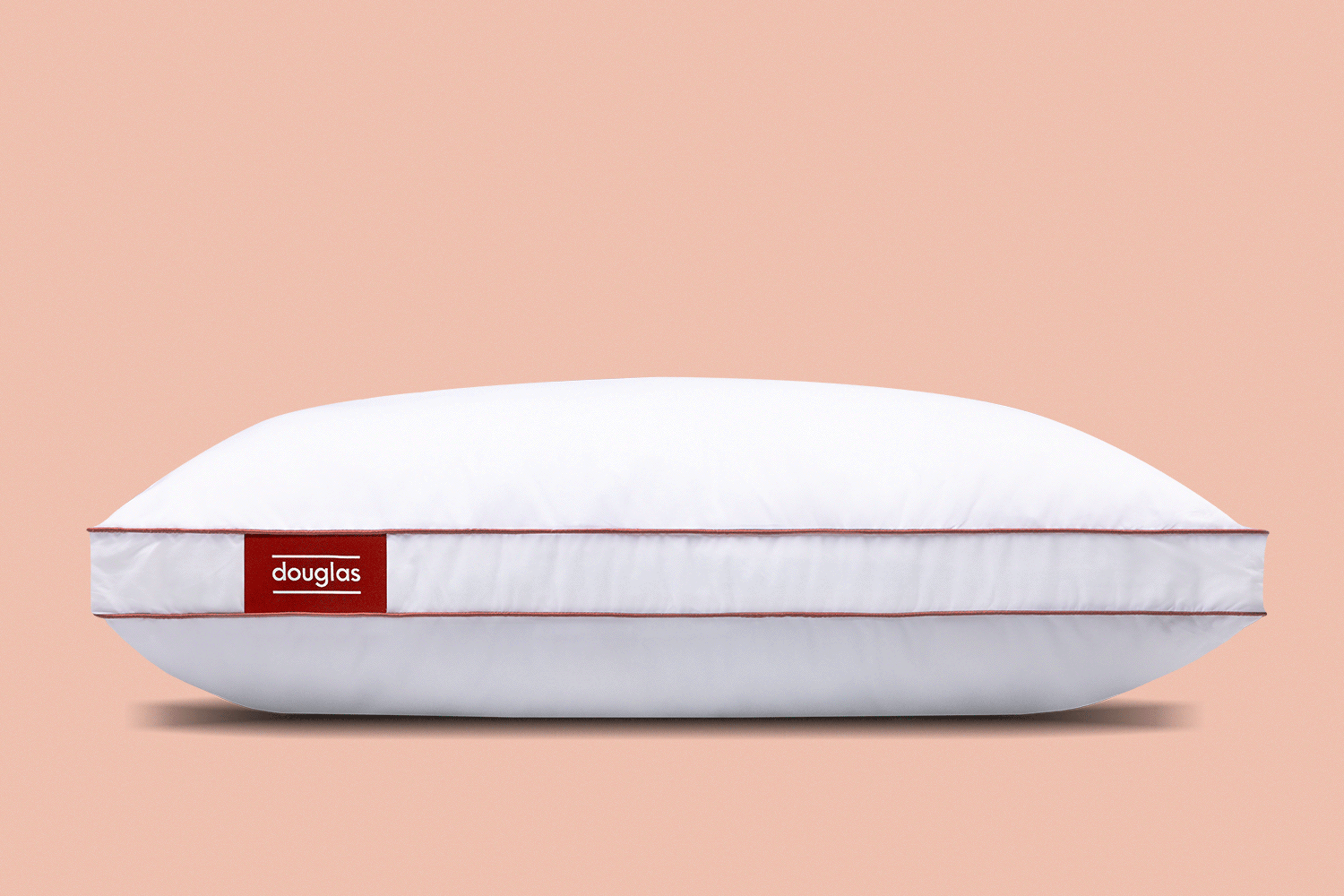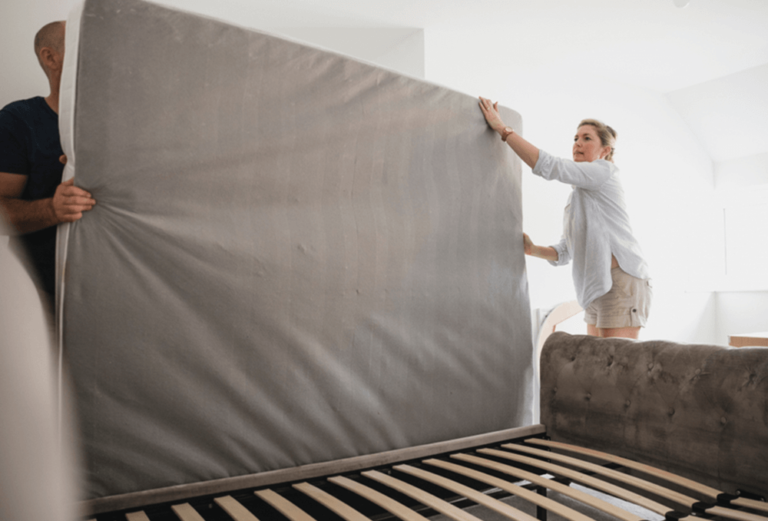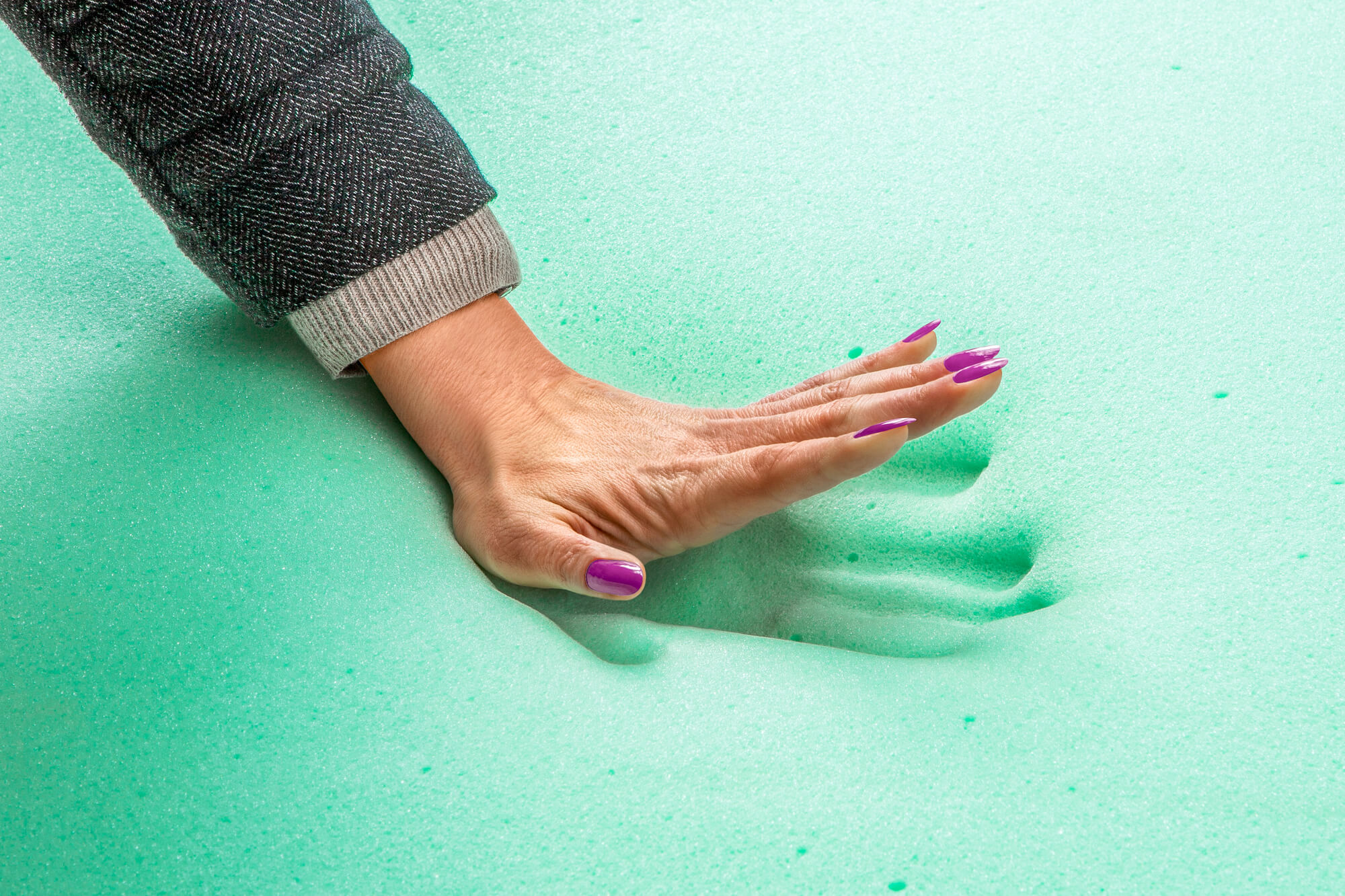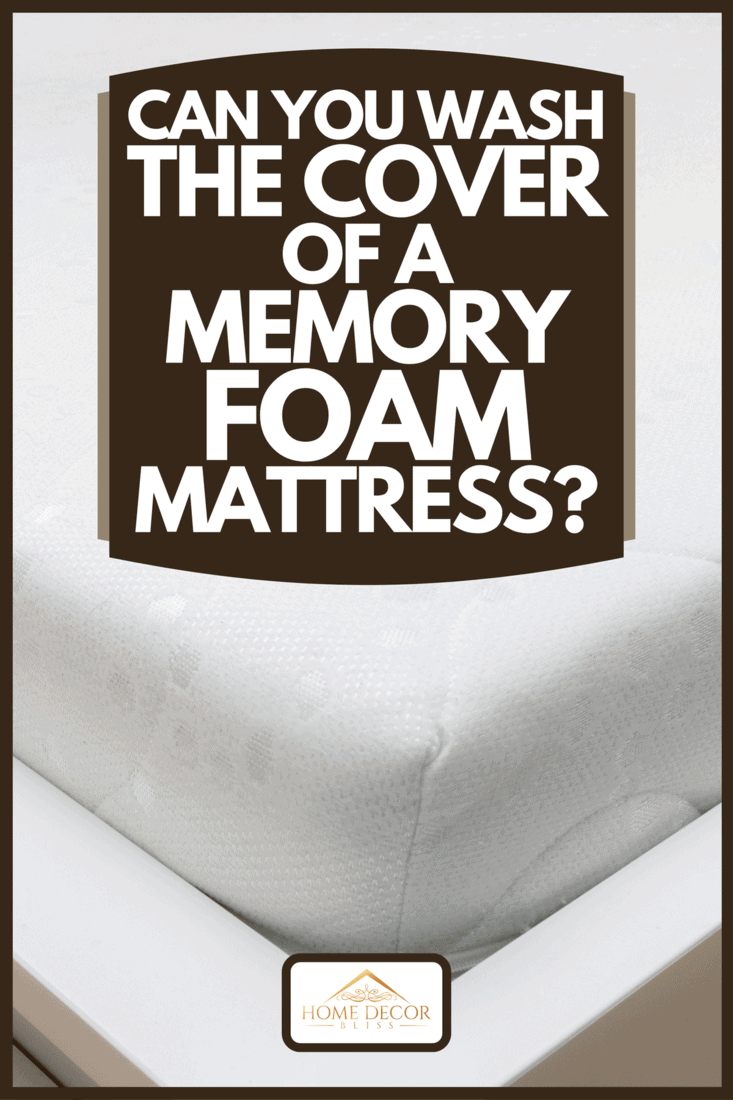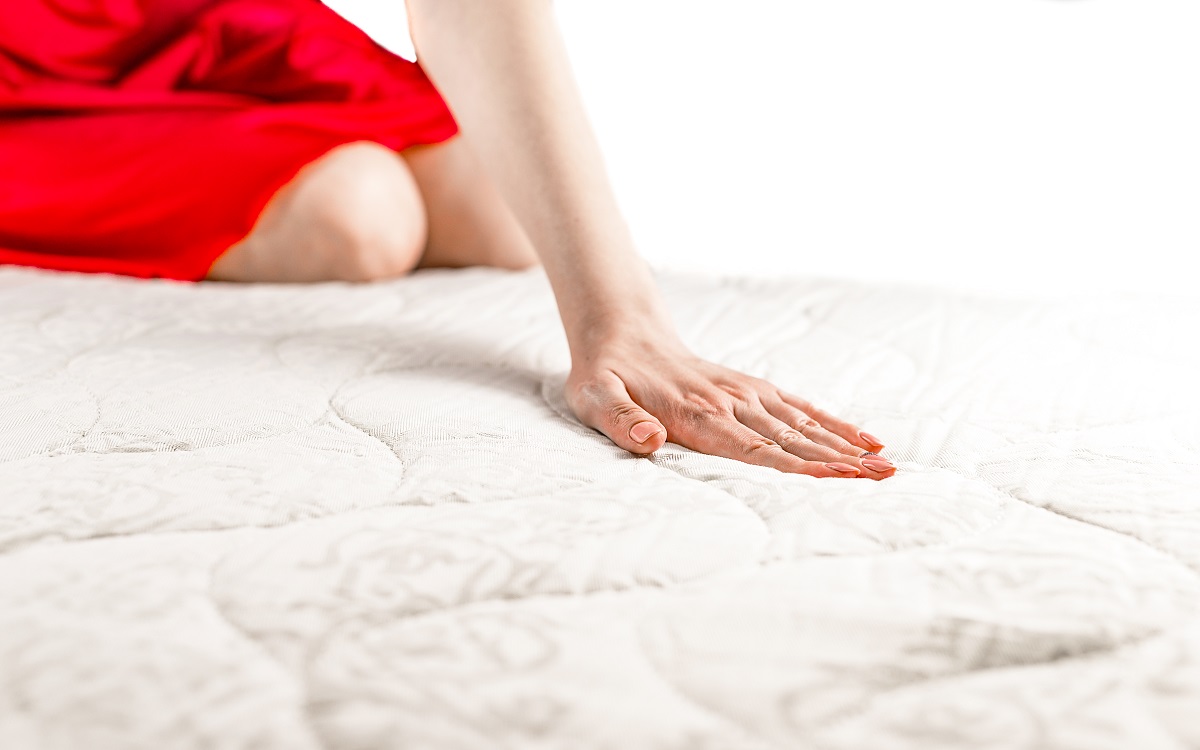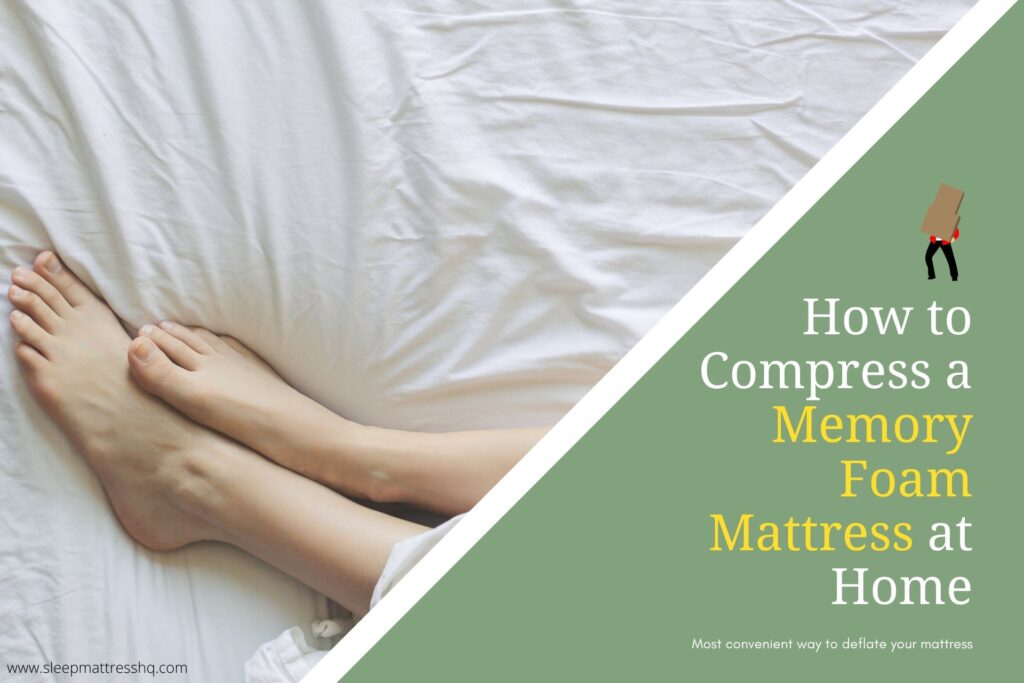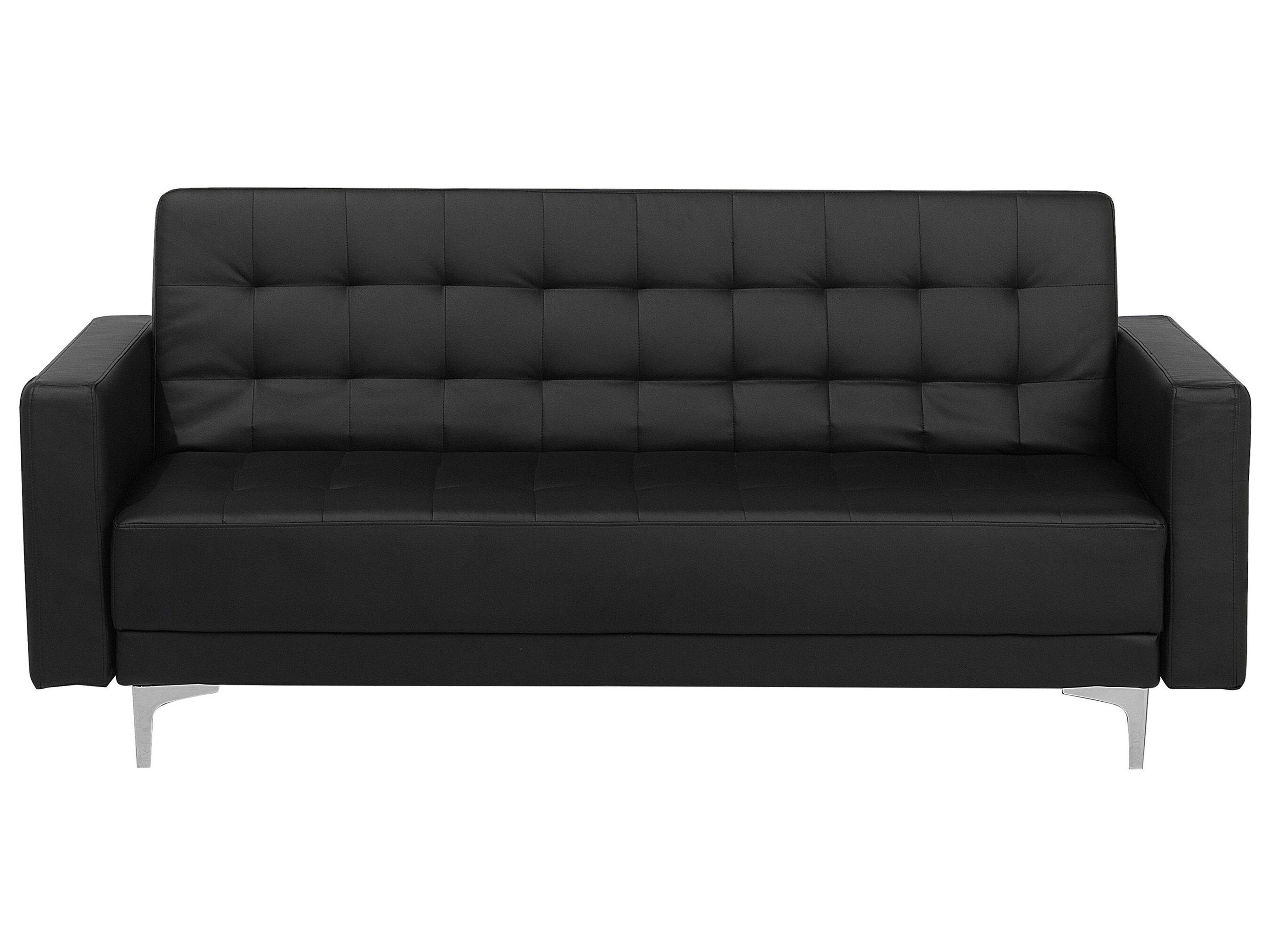Memory foam mattresses have become increasingly popular in recent years, and for good reason. They provide a comfortable and supportive sleeping surface that can help alleviate aches and pains. However, like any other material, memory foam mattresses can be affected by extreme temperatures, particularly cold weather. If you live in an area with harsh winters or are considering using a memory foam mattress in a cold climate, it's important to understand the potential effects of extreme cold on these mattresses and how to protect them.Effects of Extreme Cold on Memory Foam Mattresses
Extreme cold can cause memory foam mattresses to become stiff and lose their ability to conform to your body. This can lead to discomfort and restless nights. To prevent this from happening, it's important to properly insulate your mattress. You can do this by using a mattress protector specifically designed for memory foam mattresses or placing a thick blanket or comforter between your body and the mattress. This will help retain your body heat and keep the mattress soft and comfortable throughout the night.How to Protect Your Memory Foam Mattress from Extreme Cold
While it's unlikely that freezing temperatures will cause permanent damage to your memory foam mattress, it's still important to take precautions to protect it. Freezing temperatures can cause the foam to become brittle and lose its elasticity, making it more susceptible to tears and damage. Additionally, extreme cold can cause the layers of the mattress to separate, leading to an uneven and uncomfortable sleeping surface.Can Freezing Temperatures Damage a Memory Foam Mattress?
Memory foam mattresses are designed to be used in a wide range of temperatures, but there are limits to how cold they can get before they start to be affected. Most manufacturers recommend using their mattresses in temperatures between 60-90°F (15-32°C). If the temperature drops below this range, you may start to notice changes in the feel and performance of your memory foam mattress.Understanding the Temperature Limits of Memory Foam Mattresses
In addition to using proper insulation, there are other steps you can take to prevent damage to your memory foam mattress in cold weather. One of the most important things is to avoid exposing the mattress to extreme temperature changes. For example, if you bring your mattress inside after it has been sitting in a cold moving truck or storage unit, allow it to warm up to room temperature before using it. This will help prevent any potential damage to the foam layers.Preventing Damage to Your Memory Foam Mattress in Cold Weather
When memory foam is exposed to extreme cold, it becomes less pliable and may not be able to conform to your body as well as it normally would. This can lead to discomfort and may even cause pressure points to form. In some cases, the foam may become so stiff that it feels like you are sleeping on a rock. To avoid this, it's important to use proper insulation and avoid exposing your mattress to extreme cold temperatures.What Happens to Memory Foam in Extreme Cold?
If you need to store your memory foam mattress in a cold climate, it's important to take extra precautions to protect it. First, make sure the mattress is completely dry before storing it. Moisture can cause mold and mildew to form, which can permanently damage the foam. Next, wrap the mattress in a thick, waterproof covering to protect it from any potential moisture or extreme temperatures. Finally, store the mattress in a climate-controlled environment, such as a temperature-controlled storage unit, to ensure it stays in good condition.How to Store a Memory Foam Mattress in Cold Weather
As mentioned earlier, proper insulation is key to protecting your memory foam mattress from extreme cold. Without proper insulation, you may experience discomfort and even damage to the foam layers. It's also important to use a mattress protector specifically designed for memory foam mattresses, as this will not only help with insulation but also protect against spills and stains.The Importance of Properly Insulating Your Memory Foam Mattress
Leaving your memory foam mattress in a cold room for an extended period of time can also have negative effects. As mentioned earlier, extreme cold can cause the foam to become stiff and lose its elasticity, making it less comfortable and supportive. Additionally, the constant exposure to cold temperatures can cause the foam to break down more quickly, shortening the lifespan of your mattress.Why You Shouldn't Leave Your Memory Foam Mattress in a Cold Room
If you live in a cold climate and want to use a memory foam mattress, here are a few tips to keep in mind:Tips for Using a Memory Foam Mattress in Cold Climates
How Extreme Cold Can Affect Your Memory Foam Mattress

The Science Behind Memory Foam Mattresses
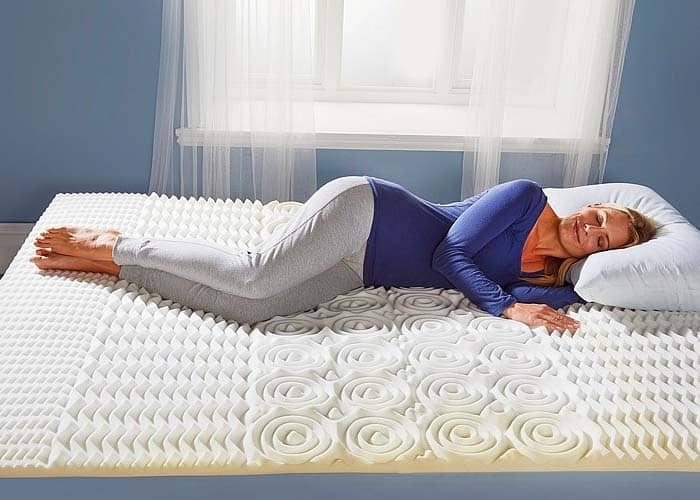 Memory foam mattresses have become increasingly popular in recent years due to their ability to contour to the body and provide superior support and comfort while sleeping. This unique material is made of viscoelastic foam, which is sensitive to temperature and pressure. When exposed to heat, the foam becomes softer and more malleable, allowing it to conform to your body's shape. However, extreme cold temperatures can have a negative impact on the performance and longevity of your memory foam mattress.
Memory foam mattresses have become increasingly popular in recent years due to their ability to contour to the body and provide superior support and comfort while sleeping. This unique material is made of viscoelastic foam, which is sensitive to temperature and pressure. When exposed to heat, the foam becomes softer and more malleable, allowing it to conform to your body's shape. However, extreme cold temperatures can have a negative impact on the performance and longevity of your memory foam mattress.
The Effects of Extreme Cold on Memory Foam
 Memory foam is designed to be used in a temperature range of 68-77 degrees Fahrenheit.
When exposed to temperatures below this range, the foam will become stiff and lose its ability to conform to your body. This can result in a less comfortable sleeping experience and can also put strain on your muscles and joints. Additionally, extreme cold can cause the foam to become brittle and prone to cracking, reducing the lifespan of your mattress.
Another factor to consider is the humidity levels in your home.
If the temperature drops drastically, the humidity levels may also decrease, causing the foam to become dry and brittle. This can lead to the foam breaking down more quickly and losing its supportive qualities.
Memory foam is designed to be used in a temperature range of 68-77 degrees Fahrenheit.
When exposed to temperatures below this range, the foam will become stiff and lose its ability to conform to your body. This can result in a less comfortable sleeping experience and can also put strain on your muscles and joints. Additionally, extreme cold can cause the foam to become brittle and prone to cracking, reducing the lifespan of your mattress.
Another factor to consider is the humidity levels in your home.
If the temperature drops drastically, the humidity levels may also decrease, causing the foam to become dry and brittle. This can lead to the foam breaking down more quickly and losing its supportive qualities.
How to Protect Your Memory Foam Mattress
 If you live in an area with extreme cold temperatures, it's important to take precautions to protect your memory foam mattress.
Investing in a mattress protector can help shield your mattress from extreme temperatures.
Look for a protector that is made of a breathable material, as this will prevent heat and moisture from getting trapped and damaging the foam.
It's also important to maintain a consistent room temperature.
If you know that temperatures are going to drop, consider using a space heater or electric blanket to keep your room at a comfortable temperature for your mattress. This will not only help protect your mattress but also ensure a more comfortable sleep.
If you live in an area with extreme cold temperatures, it's important to take precautions to protect your memory foam mattress.
Investing in a mattress protector can help shield your mattress from extreme temperatures.
Look for a protector that is made of a breathable material, as this will prevent heat and moisture from getting trapped and damaging the foam.
It's also important to maintain a consistent room temperature.
If you know that temperatures are going to drop, consider using a space heater or electric blanket to keep your room at a comfortable temperature for your mattress. This will not only help protect your mattress but also ensure a more comfortable sleep.
The Bottom Line
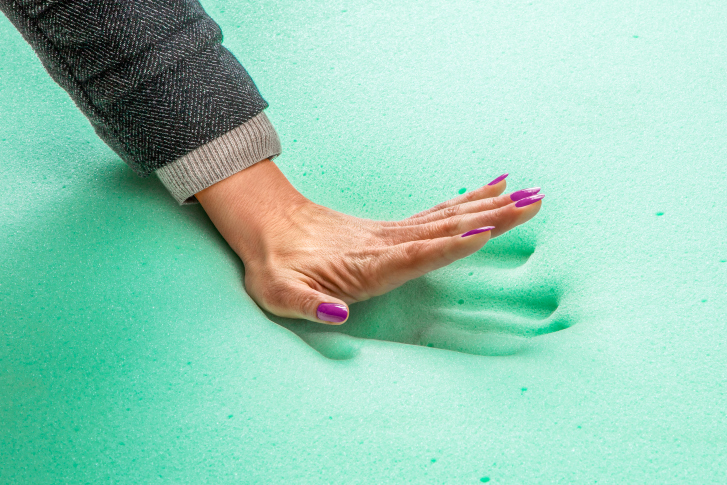 While memory foam mattresses are designed to be durable and long-lasting, extreme cold temperatures can have a negative impact on their performance. By taking the necessary precautions and investing in a mattress protector, you can ensure that your memory foam mattress continues to provide you with the comfort and support you need for a good night's sleep. Don't let the cold weather affect the quality of your sleep – protect your memory foam mattress and enjoy its benefits for years to come.
While memory foam mattresses are designed to be durable and long-lasting, extreme cold temperatures can have a negative impact on their performance. By taking the necessary precautions and investing in a mattress protector, you can ensure that your memory foam mattress continues to provide you with the comfort and support you need for a good night's sleep. Don't let the cold weather affect the quality of your sleep – protect your memory foam mattress and enjoy its benefits for years to come.



